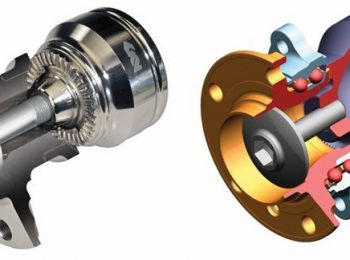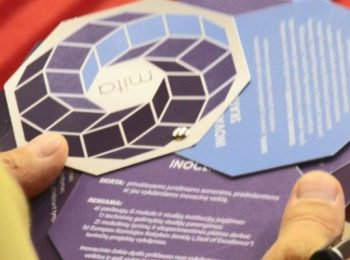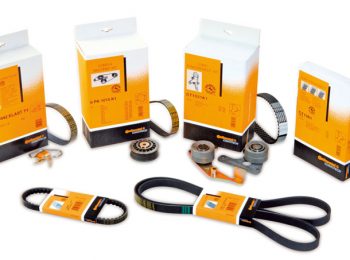
ABS has a range of more than 6.000 references available in the steering and suspension group of articles. These safety products are a vital link between the sprung and unsprung mass of the vehicle ensuring maximum comfort and control of the vehicle in all times. The safety depends on the quality of production, installation and inspection of these components. In this article we will go into further detail about this high quality product group.
Pre face:
The life span of steering and suspension parts is mainly influenced by the materials used and by the accuracy used in assembly of the complete component. Strict quality checks are made during each part of the production process. Safety and driving comfort need to be guaranteed under all circumstances. Let’s take a look at some of the individual parts.
The ball joint:
The ball joint: The ball joint allows movement up and down of the suspension and allows left to right movement of the wheel. The ball joint assembly (as shown on the right in the picture) has three main components. The ball pivot, the seat and the dust cover. The ball pivot is precision machined and hardened. The seat fits accurately around the pivot and in the track control arm. These parts are greased for life during assembly. To ensure a long life the ball joint is sealed with a rubber dust cover. This keeps the grease in and dust and water out. The dust cover is kept in place by a clamping ring and a restraining ring.
Control arm bushing:
The track control arm needs to be able to move up and down. The control arm pivots around a control arm bushing. This bushing consists of a metal inner and outer sleeve bonded together by rubber. The rubber allows for the movement. Both bushings are fixed to the car. The outer bushing is pressed into the control arm and the inner bushing is fixed to the chassis. The flexibility of the rubber allows rotation. Using rubber for the suspension also helps in driving comfort. ABS control arm bushings have an excellent mixture between strength and comfort, combined with a long product life.
Surface treatment:
ABS track control arms are well protected against corrosion. After cleaning and phosphate treatment ( to improve the bond of the final coat to the part) the control arms are powder coated. Powder coating has excellent surface adhesion properties also on complex shaped objects. After curing in the oven the result is an excellent protection layer.
Quality assurance:
ABS products are manufactured in ISO certified factories which provide a good and stable quality level. These factories test at various stages of the assembly and production. ABS product managers regularly audit the factories to make sure the correct procedures are followed. ABS products are regularly analysed and tested by independent laboratories to verify their match to the quality of OE products. The tests vary per product group. In general the test are designed to check fatigue, endurance and strength of the product. ABS works together with its manufactures in order to maintain / improve a high quality leve. ABS offers a complete product range which is available from stock. Almost all car makes and models are covered for the European market.
Assembly errors:
Steering and suspension products should always be installed with great care. As they form the essential bond between the steering / chassis and the suspension system. Incorrect installation will influence the cars handling and comfort level. Worn suspensions parts may lead to increased wear of other products like e.g. wheel bearings. A wheel alignment is advised when replacing any part of the steering or suspension system.
A metal to rubber product can wear faster than intended when installed under stress / pre-load. The rubber is what makes rotation possible. If the bolts are tightened before the car is lowered onto its wheels the rubber will already have made part of its maximum rotation instead of being in the neutral position. As the suspension goes up and down the rubber is forced to rotate more than it was designed for. This leads to early failure of the bushing. Rubber to metal products located in the control arms should always be tightened when the wheels are resting on the ground.
Air tools should not be used as the high torque impact may damage the ball joint assembly. Always tighten ball joint to the correct torque using hand tools only. The use of certain tools (e.g. sharp tools like a screwdriver) can damage the dust cover. With the cover damaged water and dirt can enter. This will cause the assembly to wear faster than intended.
Some control arm rubbers need to be fitted in a pre-defined position. Replacement parts should be installed in the same orientation. Always note the position of the part you are replacing and make sure the replacement part is aligned in the same way. Possible consequences of incorrect mounting can be premature wear and reduced driving comfort. When press-fitting rubber to metal parts the correct tool should be used. Pressure should only be applied on the outer ring of the bushing. Greases should not be used as some types of grease are not compatible with rubber.


